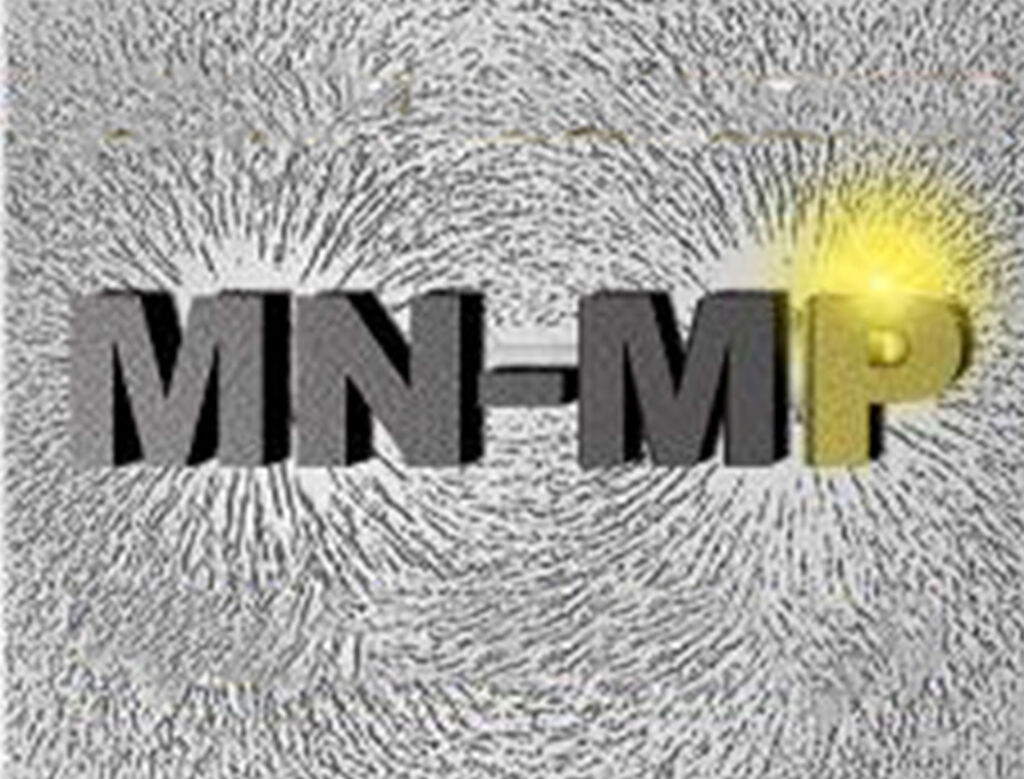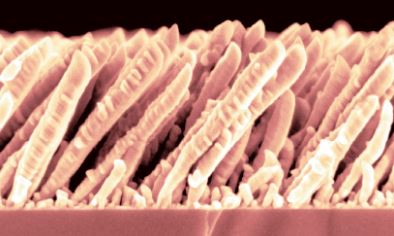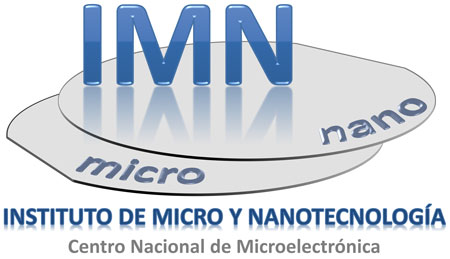INFORMATION TECHNOLOGY AND COMMUNICATIONS
Until now, CMOS scaling has been the main driving force for broadening the spectrum of applications of information processing technologies through increased performance and complexity. However, IMN’s activities in nanophotonics and nanomagnetism offer novel information processing approaches to a new level within nanotechnologies for information and communications.
- Nanophotonics research at IMN is supported by extensive experience in the fabrication and characterization of laser sources based on nanostructured semiconductors, mostly III-V quantum dot nanostructures. In addition, photonic crystals are investigated as nanometer laser sources, submicrometer-sized waveguides or photonic memories, all crucial components of high-density integrated nanophotonic circuits. New devices for quantum nanophotonics, such as single photon emitters and entangled photon emitters, which can enable solid-state-based quantum communications and quantum computing, are also the subject of research at IMN. Finally, IMN activities in plasmonics exploit the unique optical properties of metallic nanostructures to enable the manipulation of light for information processing applications.
- Nanomagnetism: recent advances in spin transfer physics are broadening the application spectra for spintronics devices. For example, the phenomenon of spin transfer between a magnetic insulator and a non-magnetic metal with large spin-orbit coupling can be exploited for “magnonic” logic and data storage. Similarly, the coupling of load flows and spin currents opens the door to “spin-orbitronic” devices that offer improved reliability and faster memories with low power consumption. To contribute to achieving these expectations, the IMN pursues the understanding of the mechanisms of spin transfer torque as well as the physics of high-frequency nonlinear magnetization dynamics.
working in ICT





